What is EMV (Euro-Mastercard-Visa), or chip card acceptance?
This EMV thing is everywhere! What does it mean?

EMV stands for Euro-Mastercard-Visa
It’s a technology also referred to as “chip cards” and is currently widely used across the globe, originating in Europe over ten years ago. Instead of using the standard, magnetic stripe card to store credit card information, EMV technology allows for the sensitive credit card data to be stored on a small computer chip within the credit card. This carries big advantage:
It’s harder to counterfeit – a LOT harder. Magnetic stripes are unfortunately easy for a fraudster to copy. All a fraudster needs to do is steal your card for a few minutes (or place a “card skimmer” over an ATM) and they’ve just digitally copied your card for future use. EMV greatly reduces this issue, by dynamically sending information to credit card terminals, which makes copying the chip incredibly complicated. In a nutshell – it almost fully eliminates the potential that your credit card can be physically copied.
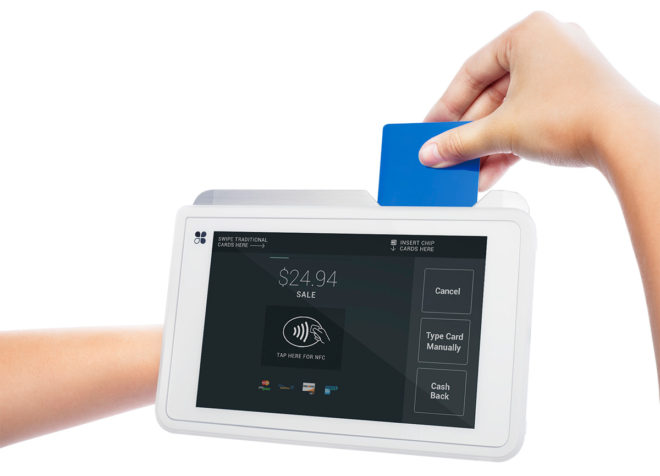
So what does this mean for you, the merchant?
1. If you choose NOT to accept EMV cards, you’re subjecting yourself to potential fees resulting from any fraudulent sales run through your account. You don’t want this! Avoid this liability by simply offering EMV acceptance. All new terminals sold by Dharma are ready for the October 2015 liability shift and include EMV acceptance.
2. EMV technology does not protect against card-not-present fraud. This technology is only helpful in a card-present environment, and will not be of any added benefit to online/MOTO merchants. You’ll want to continue verifying addresses and shipping locations, and trusting your better judgment when accepting online sales.
3. You risk losing customers. You might be saying to yourself, “This doesn’t really affect me. I haven’t seen many EMV cards yet.” Technically, you’re right! You can hold out as long as you’d like (against Dharma’s suggestion). However, it’s important to remember that all major US banks have begun issuing EMV cards in large quantities. You will start seeing more and more EMV cards in your establishment, and you risk losing credibility with customers by not offering EMV acceptance, and one day, you’ll get a customer who doesn’t have a magnetic stripe on the back of their card – and you won’t be able to take their payment!
Frequently Asked Questions about EMV
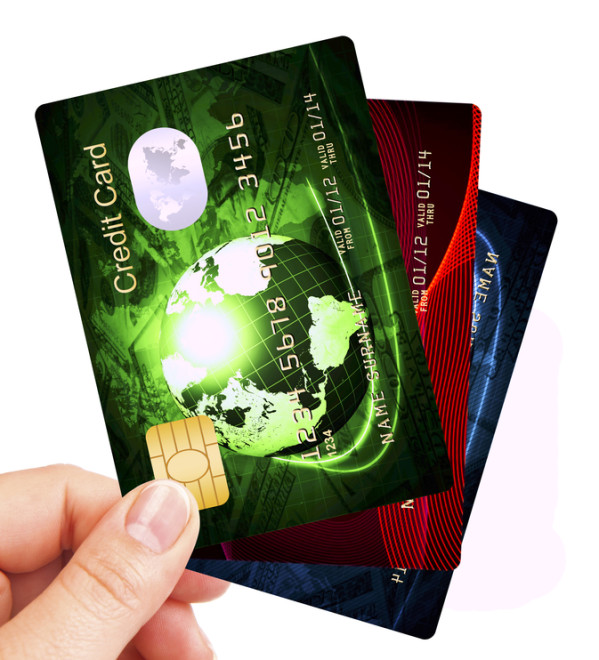
Q: Chip card, EMV card, smart chip card…what’s the difference?
A: These are all just different terms for the same technology. The technology used in these credit cards is commonly known as EMV-enabled, which stands for Europay, Mastercard and Visa, which uphold the chip technology. These cards are a global standard for processing credit and debit card payments. Various credit card companies may refer to chip cards slightly differently, but they all function to help keep cards more secure. Dharma has chosen the term “Chip Card” here to answer questions we have been receiving lately.
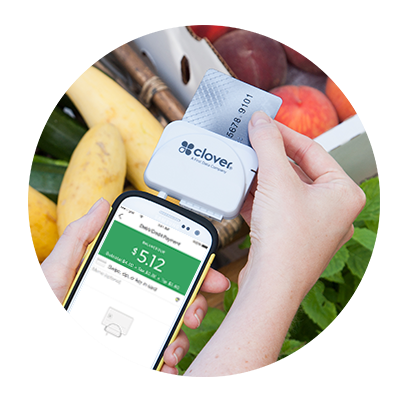
Q: Will my customers still have to sign or enter a PIN for their card transactions?
A: Yes, they will. Your customers will still have to perform one of those verification methods, but it depends on the verification method tied to the customer’s card, just the way it currently is. The same way that they either sign or enter their PIN now will remain – PIN debit cards will still require a PIN number for authorization, and credit/signature-debit cards will still require a signature. This is known as Chip+PIN or “Chip and PIN“. Chip+PIN is considered the “strongest” form of security, followed by Chip+Signature. The new chip card technology only changes the security of the underlying transaction, not the way your customers authorize their purchase. From the customer’s perspective, any credit/debit card will continue to operate just like it always has. Debit/check cards will still require the customer’s input of a PIN, and credit cards will always require a signature. The only difference is that instead of swiping, you’ll insert, or “dip” the card for an authorization.

Q: What if my terminal doesn’t allow me to accept a PIN number with an EMV sale?
A: In this circumstance, the liability will fall on the merchant. In the EMV liability shift, the liability will always fall on the “lesser” technology. Chip+PIN is the strongest security method. It surpasses Chip+Signature. Therefore, if the terminal you process on does not allow for Chip+PIN, you’ll incur liability on sales where a customer presents a Chip+PIN enabled card, and you process it as Chip+Signature. Currently, very few American terminals process Chip+PIN – but all terminals that Dharma offers are Chip+PIN capable. See our selection here.
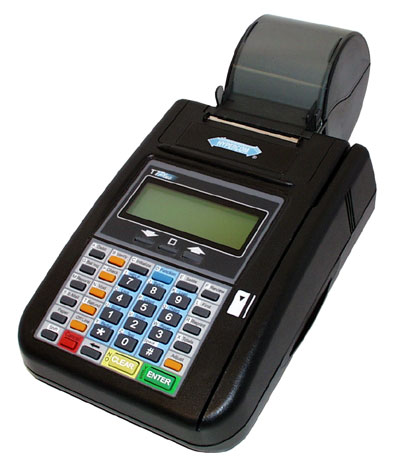
Q: What if my customers want to use their chip-card and I don’t support chip card technology yet, can I still take their card?
A: Yes. The first round of US bank-issued chip cards – many of which are already in consumers’ hands – will be equipped with both the new chip technology and magnetic-stripe functions, so your customer is not disrupted, and the merchant can adjust to the new technology. So until you have chip acceptance, you’ll still be able to swipe cards with magnetic-stripe functions. If you find yourself at a POS terminal and are not sure whether to dip or swipe the card, have no fear! The terminal will self-validate the process. For example, if the customer enters their card into the chip reader slot, but your reader isn’t activated yet, an error message will appear and they will be prompted to swipe the card in order to use it. And vice-versa, if the customer tries to swipe a chip card instead of inserting or dipping it, an error message will appear and they will be prompted to insert the card for chip processing instead. HOWEVER, should you take a fraudulent sale on a transaction that was swiped, although the card had chip technology, you will be liable for any fraud. This is VERY important, since no merchant wants to be on the hook for fraud! Please be sure to reach out to Dharma for assistance in ensuring that you have an EMV terminal that’s certified to take EMV (aka chip card) payments.

Q: How do I accept chip cards if I only take online or card-not-present payments?
A: You don’t need to worry about chip card acceptance if you never physically touch the card. Since chip card acceptance is dependent on the merchant physically inserting or dipping the card into a terminal, chip card acceptance simply can’t happen in a card-not-present environment. Online and phone-order merchants will continue to accept cards as they currently do, by entering card numbers, expiration dates, and other AVS information along with the sale, to gain an authorization.
Common EMV Myths
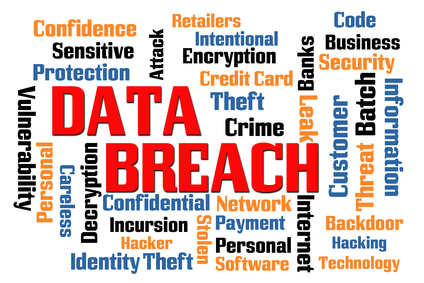
Myth: EMV acceptance is required by law
Fact: You are NOT required by law to adopt EMV! Although we highly recommend adopting EMV, it is not a requirement by law, at all. The US government does not have any involvement in requiring EMV adoption by merchants. The card associations (Visa/Mastercard/Discover/Amex) are heavily incentivizing the adoption of EMV by shifting fraud liability to merchants, but ultimately, EMV adoption is the merchant’s choice, and is not a requirement of the law.
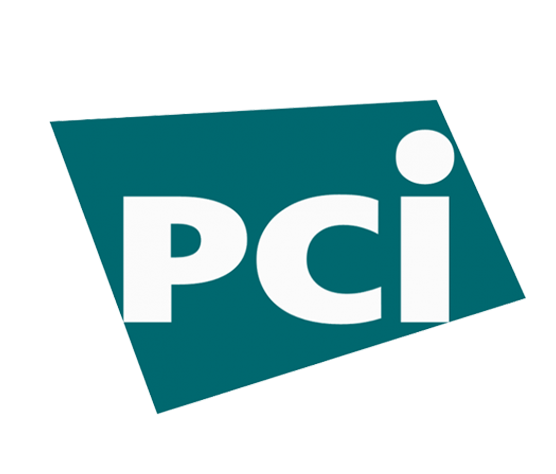
Myth: If you take EMV cards, you don’t have to worry about PCI Compliance
Fact: Sorry, but all merchants still have to abide by PCI Compliance requirements! Simply accepting EMV does not remove the necessity for PCI Compliance, and all Dharma merchants will still be required to complete an annual PCI Compliance questionnaire.
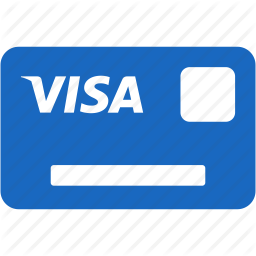
Myth: If I have a credit card terminal with an EMV slot, I’m all set
Fact: Unfortunately, there are only a few specific terminals that are capable of EMV sales right now, and many older terminals, despite having the physical EMV hardware, are simply not capable of accepting EMV sales. As such, it’s important you consult with your provider to ensure that your terminal is fully capable of accepting EMV cards. Often times, there are several terminal security updates that must be completed before EMV acceptance can be enabled.

Myth: EMV acceptance prevents all types of fraud and chargebacks
Fact: Although EMV helps reduce in-person credit card fraud, no technology is foolproof. EMV is one tool that we have in combating fraud, but frankly there are many ways that businesses can be defrauded, so it’s important to remain vigilant against fraud, regardless of the manner in which you take credit cards. As a merchant, it’s always important to “trust your gut” on any given sale, and know that any sale can be disputed by a customer at a later date, so always ensure your customers are satisfied and understand the terms of the sale.
EMV is a registered trademark or trademark of EMVCo LLC in the United States and other countries.